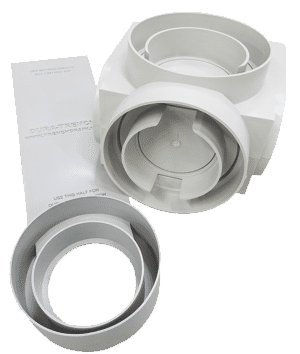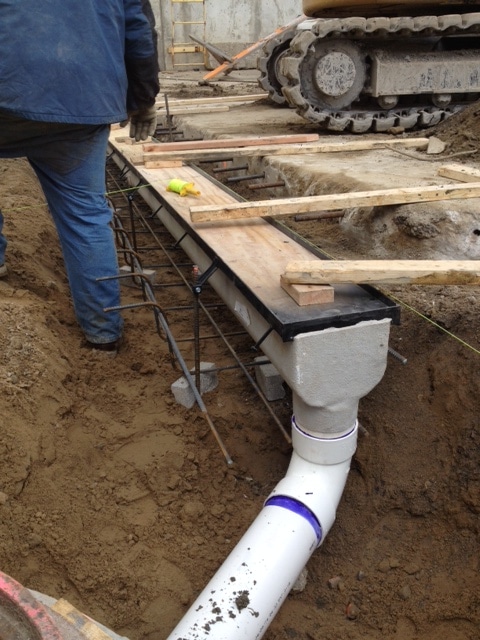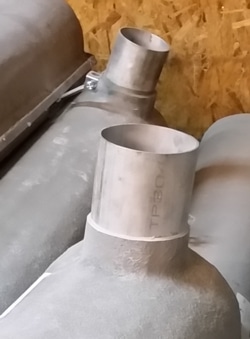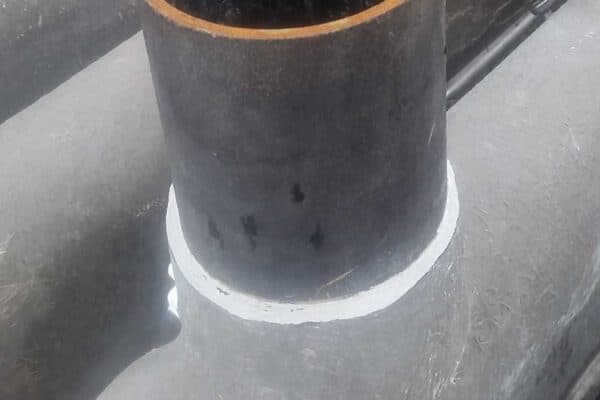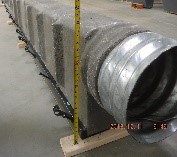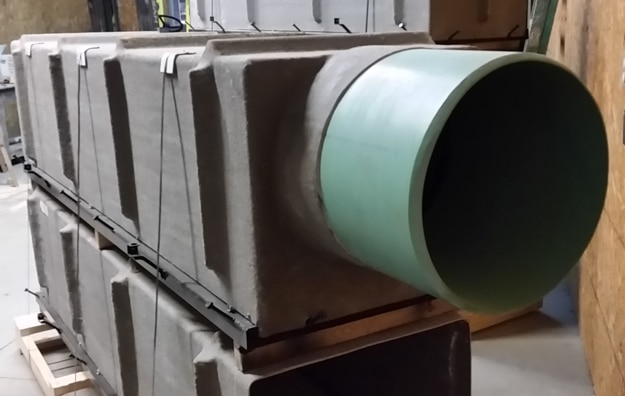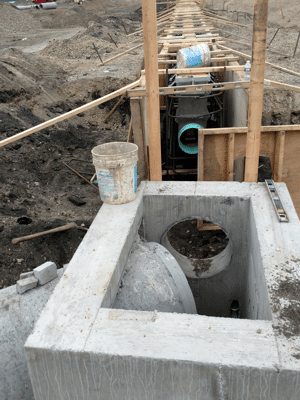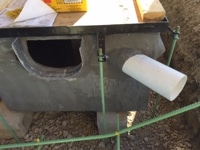Pipe connection design
Trench drains can both accept water from other sources via an inlet pipe connection and also must connect to piping at the discharge end. This can easily be achieved with the Dura Trench system, but there are some things that should be considered. One of the most common problems we see are pipes placed too close to the surface in an attempt to keep the trench drain shallow. If the cover over the pipe is too little it will cause dirt to wash out or concrete to crack leading to long term failures. Make sure all outlet and inlet pipes are at least 4″ below the surface, preferably more.
The second problem we see in the industry is poor quality trench drains that only offer small pipe diameter outlets. Check your flow rate and make sure the outlet pipe you are connecting is not the limiting factor in your design. What point is there in purchasing a trench drain that can carry two or three times what the pipe that it is connecting to can carry?
Dura Trench offers outlet plates that can be field connected if you don’t know exactly where your pipe will be located. We recommend against this because it usually means that the trench drain will also not slope to the proper location. It is best to fully plan out the design and have the trench drain constructed for that design. When the outlet pipes are factory molded into the part it ensures a water tight seal at the pipe connection. This can be a big advantage when testing for watertight applications.

